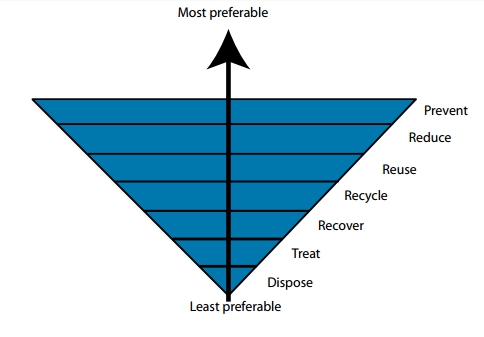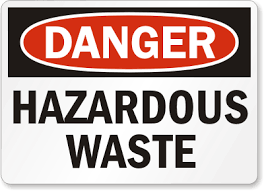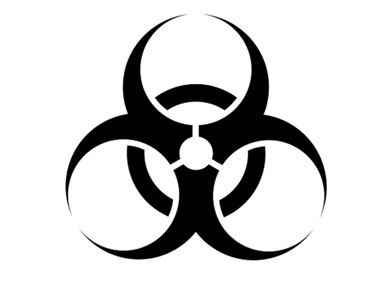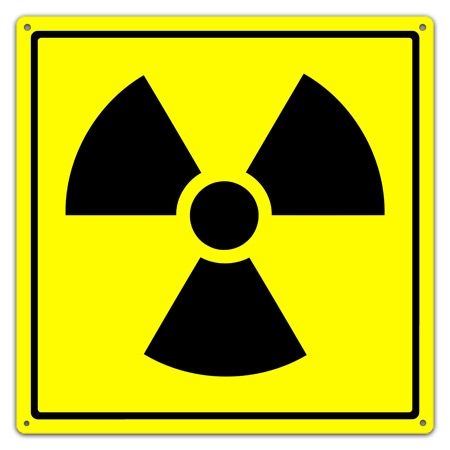Waste Management and Treatment Resources
The word “waste” originally referred to geographic areas with few people and that were thought to be of little practical use for producing food. The Oxford Dictionary reports that by 1400 it was being used to refer to excess material or items and by the seventeenth century as “unfit for use”.
This site uses a taxonomy of waste familiar to waste professionals.
Waste minimization
The best way to manage waste is to not manage it at all, but to prevent it from being created to the extent that is feasible. Best practice waste management aims to avoid or recover as much of the waste as possible within economic, safety, and regulatory restraints. Eventually and inevitably, some waste must be treated and disposed of, but that is a last resort. The 3Rs - .reduce, reuse and recycle - are the watchword in waste management.
The second law of thermodynamics condemns us to some waste. As long as we produce something or do useful work, we will always have waste. That doesn’t mean we can’t control it, reduce its generation rate, make it less harmful to people and the environment, and dispose of it in a responsible way.

According to the United Nations Statistics Division, Glossary of Environment Statistics:
"Wastes are materials that are not prime products (that is products produced for the market) for which the initial user has no further use in terms of his/her own purposes of production, transformation or consumption, and of which he/she wants to dispose. Wastes may be generated during the extraction of raw materials, the processing of raw materials into intermediate and final products, the consumption of final products, and other human activities. Residuals recycled or reused at the place of generation are excluded."
Segregating waste
Every smart waste manager wants to tackle waste at its source rather than adopt end-of-pipe solutions. Once waste has been created, general principles of waste segregation, storage and transportation can help ease the burden on downstream treatment and disposal systems and can reduce the risk to workers, the public, and the environment.
- Waste should be segregated - physically put in different containers - based on its potential hazard and treatment route, as soon as feasible and as upstream in the production process as possible.
- Separate containers should be available for each segregated waste fraction Waste containers should be labelled to help managers control waste production;
- Local storage may be needed if wastes are not treated onsite or removed offsite frequently;
- Hazardous and non-hazardous wastes should not be mixed during collection, transport or storage
- Employees should understand the risks and safety procedures for the wastes they are handling
Storage and transportation
Standard industrial hygiene and safety protocols requires that waste containers be labeled if they have anything unusual or dangerous in them.

|
Hazardous Waste |

|
Medical Waste |

|
Radioactive Waste |
A good waste manager plans how long waste will be on the premises before it is removed or treated. The larger waste ecosystem may incorporate a central collection and/or treatment system that receives waste from small producers in the area.